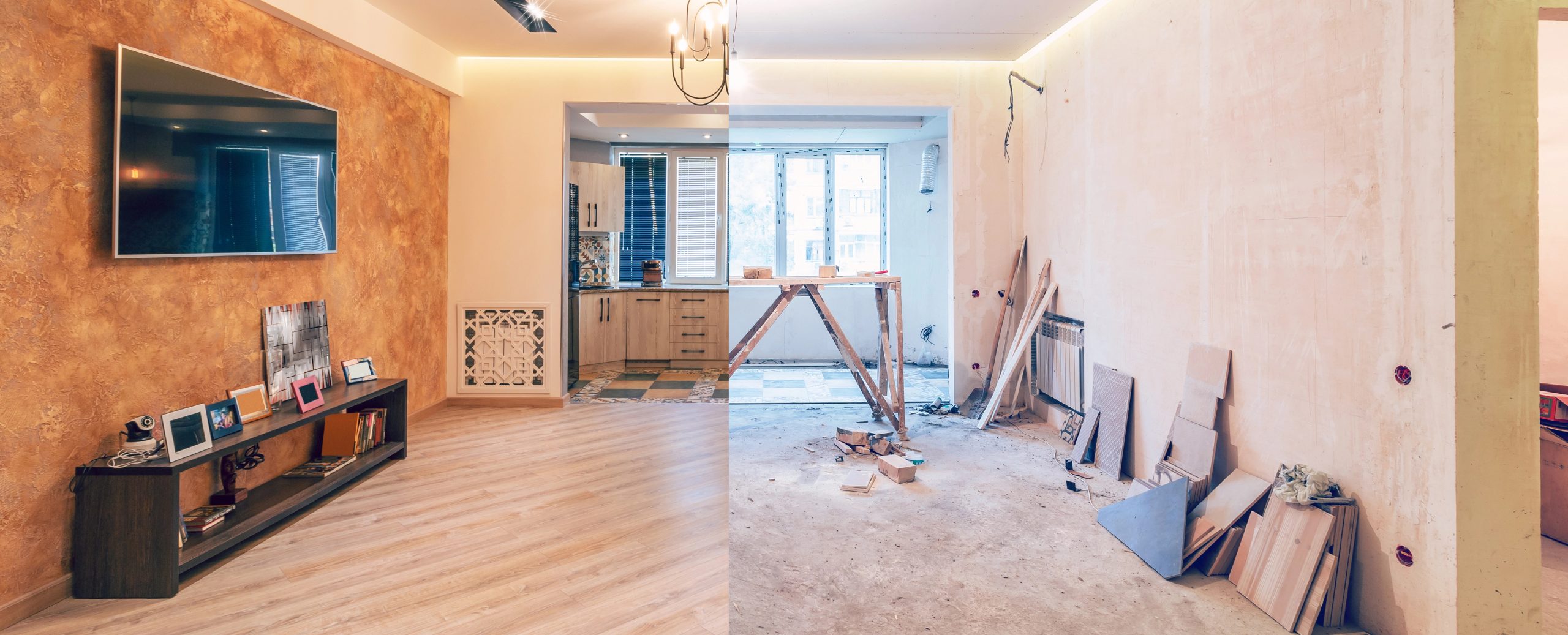A renovation involves a lot of planning and coordination. We can imagine your mind is spinning with all the things you need to arrange. You need to choose materials and colors, plan the work, and make space for the renovation. To help you, we’ve put together 10 practical tips for a successful renovation.
1. What Do You Want?
Let’s start at the beginning. First, think about what you want. What do you find beautiful and what is practical for your situation? You can gather inspiration from home websites, Pinterest, or websites of hardware stores or furniture shops to see which styles, colors, and materials suit you best.
2. Discuss Feasibility
Consult with an architect or contractor to see if your ideas are feasible, both technically and in terms of planning and budget. Make sure to request a detailed quote. Also, make a list that distinguishes between what you truly need and what is just “nice to have.” This will help you if you have to make choices due to budget constraints. Some ideas may seem simple but can be complex or expensive to execute. An experienced professional can always advise you on alternatives that better fit your situation and budget.
3. Check for Permits
Check if you need a permit for your renovation. You can do this at omgevingswet.overheid.nl/checken. Applying for a permit takes time and involves costs, so factor that into your planning. Small modifications may be permit-free, but larger renovations or structural changes often require a permit. Find this out in advance so you know what to expect.
4. Compare Quotes
Compare quotes from different contractors. Don’t just look at the price, but also consider the materials used, the planning, and the terms and conditions. Also, compare aspects that may not be included, such as waste disposal or cleaning. This can vary from one contractor to another. For cleaning and waste disposal, you can decide whether to handle it yourself or hire a company. Also, ask about previous projects or references to make an informed comparison.
5. Make Clear Agreements
Make clear agreements about the schedule with the construction company and other involved parties, such as suppliers of building materials, kitchens, or sanitary facilities. Document the agreements so everyone knows what to expect. Also, decide how and when the parties will communicate with you about the progress. This way, you can manage your planning and look forward to the most exciting part of a renovation: the moment when you can start decorating and styling. 😉
6. Inform Your Neighbors
Let your neighbors know they might experience some inconvenience. We try to keep the disturbance to a minimum, but renovations inevitably involve dust and noise. Make sure your neighbors are informed about the type of disruption they may experience and who they can contact if they have complaints. Keeping them informed shows you are a good neighbor. After all, a small gesture or inviting them over to admire your newly renovated home over a drink can work wonders.
7. Arrange Temporary Facilities
If necessary, arrange for temporary living spaces or replacements for your shower or toilet. The contractor can tell you what’s needed and for how long. Whether you need to temporarily leave your home or won’t be able to shower or use the toilet for a while, there are various companies that rent sanitary facilities. Options range from simple solutions to luxurious sanitary units. Plan this well and make sure to arrange alternatives in time.
8. Make Sure You Are Properly Insured
Check your insurance policies before the renovation starts. We have extensive liability insurance, but if you are also doing some of the work yourself, it’s wise to get coverage for that as well. Also, your house may increase in value due to the renovation, so it’s smart to update your home and possibly contents insurance. Discuss with your insurer what’s needed in your situation and ask about special insurance options for renovations. It’s always smart to safely store valuable items. After all, during a renovation, people can often access your home more easily.
9. Make Space
Ensure that the areas being renovated are completely empty before work begins. This means not only removing all furniture but also taking down wall decorations, curtains, and other items. This allows us to work efficiently without delays and keeps your belongings cleaner and safer. Prevention is always better than cure. Valuable items are often best stored outside your home during a renovation.
10. Enjoy
And now for the most fun part of renovating. After all the hustle, decisions, and stress, your beautiful new space is ready. Now, there’s only one thing left to do: enjoy your new home! See your choices come to life and invite friends and family over to admire the results of all your efforts.

